ON the verdant slopes of the Alpujarra, the snow melt water from the high Sierra Nevada supports an oasis of blossom and flowers – growing wild and cultivated. For most of the year, visitors can enjoy the floral tapestry of the beautiful area, and eat local fruits grown on the fertile, terraced land.
The Alpujarra has a long history of cultivation and agriculture, although what can be grown varies with altitude. From the riverbeds to the mountain peaks, you’ll find colourful flora growing naturally, as well as a wealth of fruit and vegetables planted throughout the terrain. Many people have their own vegetable plots, called huertas.
The area is renowned for its abundance of grapes, prickly pears (don’t pick these up in your hands!), nísperos, figs, avocados, olives, oranges, and lemons – made famous by Christ Stewart’s book ‘Driving Over Lemons’, which is being televised.
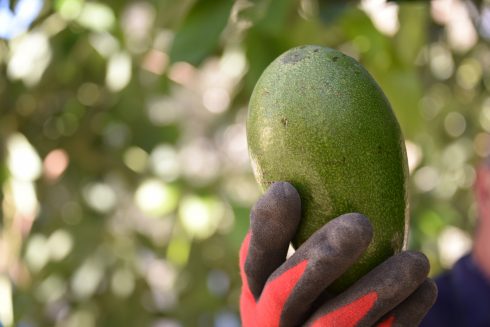
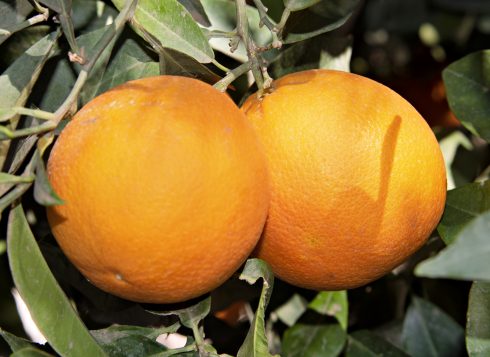
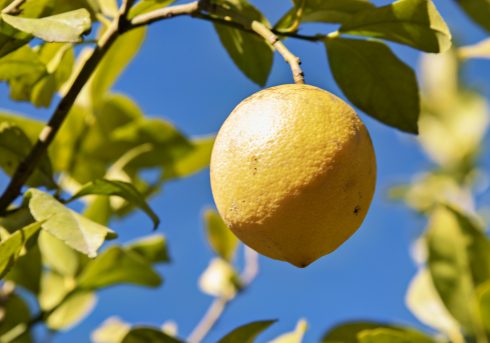
It also has almonds, cherries, peaches, and apples, as well as tomatoes and other huerta goodies, such as cauliflower, broccoli, peppers, lettuce, aubergine, onions, courgette, and cabbage (although the veg are less eye catching than the flowering trees).
The Alpujarra is an area where residents take pride in their houses, and many properties have blooms adorning their walls, displayed in flowerpots, or hanging baskets. This is a typical tradition the Alpujarran white villages, some of which are considered the most beautiful in Spain, including Bubion and Capileira. A stroll along their narrow streets will soon reveal colourful plants on walls and balconies.
The region also has also public gardens. Robert and William run the Jardin de la Alpujarra near the village of Portugos. Robert says: “Up here, spring arrives more slowly than on the coast, giving each bloom a chance to give its best. The first buds of the almond trees burst into flower in early January. Almond blossom gives way to cherry, peach, apricot, and apple, while the sequence of wildflowers takes us from the bright yellow of the gorse to the gaudy pink of the cistus.”
“In March, daffodils wave from the roadside and, in April, the wisteria cascades from the balconies of village houses. Most dramatic of all are the wild asphodels that emerge from the succulent clumps in April with their milky white, star-like flowers.”
“In late May, the sight and smell of the Spanish broom is intoxicating, along with the delicate aroma of jasmine. Roses grow in abundance in the dry air.”
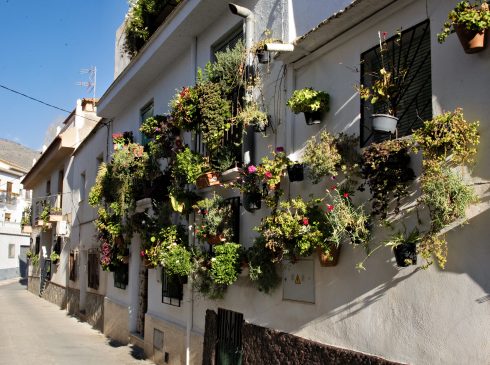
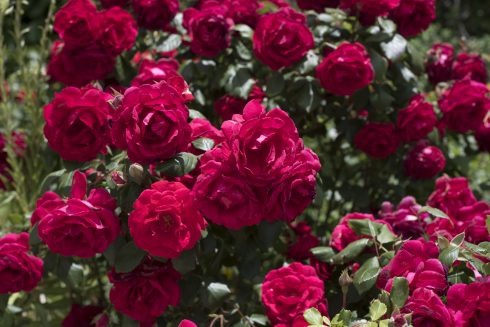
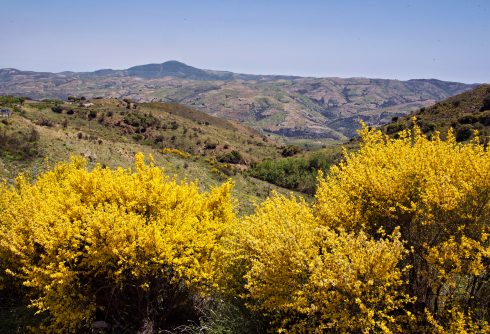
“In June, the blooms of the village roses bedeck the passages of the Alpujarran villages.”
At altitude, there are different varieties of bloom. He says: “The carpet of flowers, wild and cultivated, is an ever-changing feast. Nature reveals its charms at every level, from the wild orchids on the moist meadows to the tiny rock roses at 2,000 metres.”
“If you’re prepared to walk in the high mountains, June will reward you with the distinctive blue gentian flower – the prize of many a plant-spotter.”
Fernando, a mountain guide who works at the Pampaneira tourist office, says: “I like all the local flowers, including orchids, but my favorites are those from the high mountains.”
Plant trees on your land
Gareth Lister, a keen gardener based above the spa town of Lanjaron, likes planting his own trees. He advises: “Now is a great time to plant trees while they are still dormant. The soil is moist and easy to work. Garden centres are brimming with trees – both bare root and potted. Plant them both the same way. Dig a hole larger than you need, loosening the soil all around the planting hole. Don’t plant too deep – keep the soil at the same height that the tree has been grown. Fill in and firm the soil with your feet, leaving a small ridge around the edge to aid watering.
“Don’t forget to stake the tree, placing the support on the side of the predominant wind at a 45-degree angle. Tie it with a flexible strap.”
He adds: “Water your tree well and mulch over the whole area. Remember to keep watering for the first year, until the roots have established. There is nothing more satisfying to plant than a tree!”
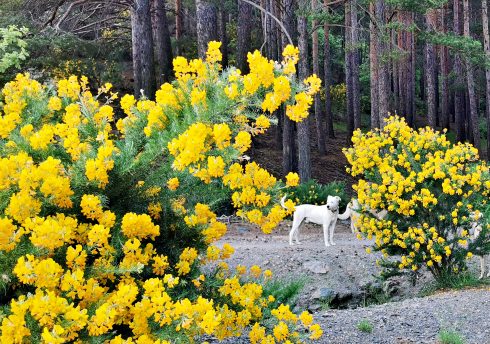
Gardening hints from La Alpujarra
- Use horse manure as a natural fertilizer.
Keep animals out with a fence or barrier – they might destroy your vegetable garden. Dogs love digging up plants! - Protect your plants from the wind and overly strong sun.
- Try to prevent soil erosion.
- Plant seeds after the frost and ice of February, in early March. Cold will kill them.
- If you have houseplants, beware of placing them in direct sun on a boiling hot balcony with the traditional red, tile floor underneath.
READ MORE

